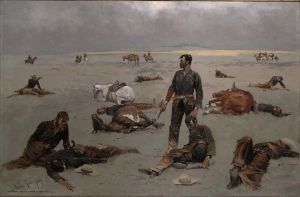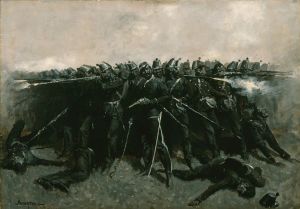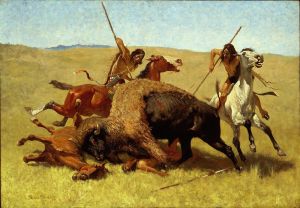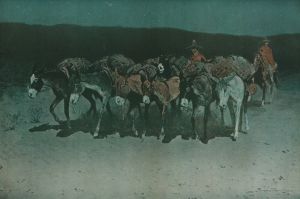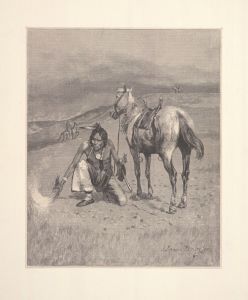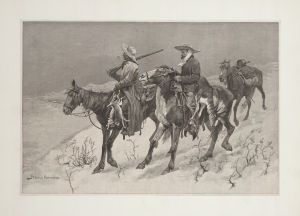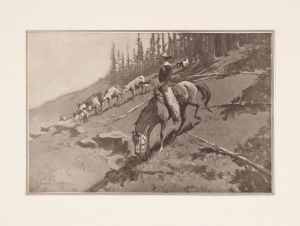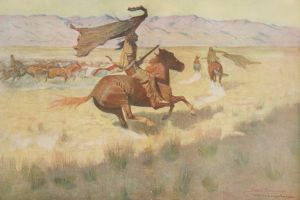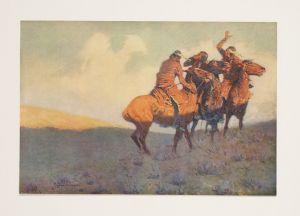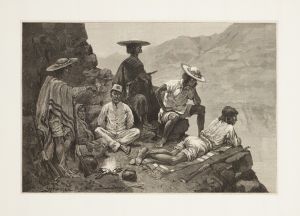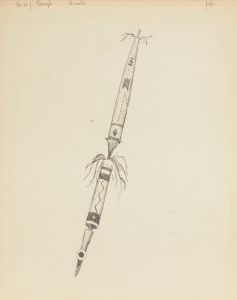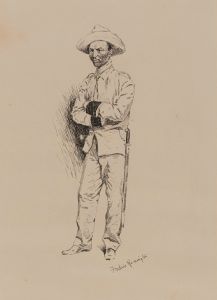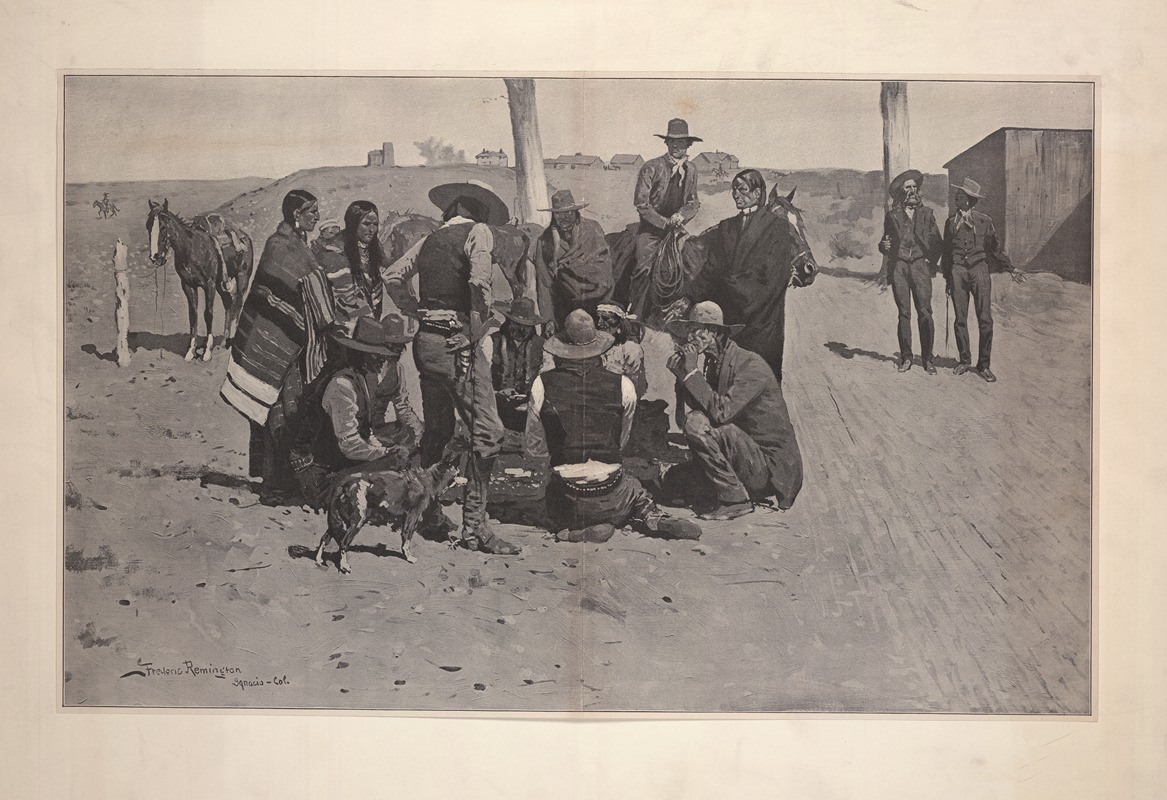
Mexican monte
A hand-painted replica of Frederic Remington’s masterpiece Mexican monte, meticulously crafted by professional artists to capture the true essence of the original. Each piece is created with museum-quality canvas and rare mineral pigments, carefully painted by experienced artists with delicate brushstrokes and rich, layered colors to perfectly recreate the texture of the original artwork. Unlike machine-printed reproductions, this hand-painted version brings the painting to life, infused with the artist’s emotions and skill in every stroke. Whether for personal collection or home decoration, it instantly elevates the artistic atmosphere of any space.
"Mexican monte" is a painting by the renowned American artist Frederic Remington, who is best known for his depictions of the American West. Remington's work primarily focused on the late 19th-century Western United States, capturing the essence of frontier life, cowboys, Native Americans, and the U.S. Cavalry. His paintings, sculptures, and illustrations played a significant role in shaping the popular image of the American West.
Frederic Remington was born on October 4, 1861, in Canton, New York. He developed an early interest in art and the American frontier, which was fueled by his travels and experiences in the West. Remington's career took off in the 1880s when he began illustrating for magazines such as Harper's Weekly. His ability to convey movement and emotion in his work quickly gained him recognition and popularity.
"Mexican monte" is one of Remington's lesser-known works, and specific details about the painting are limited. However, it is consistent with Remington's broader body of work, which often depicted scenes of everyday life and activities in the American West. The title "Mexican monte" likely refers to a card game known as "monte," which was popular in Mexico and the American Southwest during the 19th century. This game, often played for gambling purposes, involved a dealer and several players, and it was known for its simplicity and fast pace.
In Remington's time, the cultural exchange between the United States and Mexico was significant, especially in the border regions where Mexican traditions, such as the monte card game, were commonly adopted by American settlers and cowboys. Remington's interest in such subjects reflects his broader fascination with the diverse cultures and lifestyles that characterized the American frontier.
Remington's artistic style is characterized by his attention to detail, dynamic compositions, and a keen sense of realism. He was known for his ability to capture the physicality and spirit of his subjects, whether they were engaged in a tense moment of action or a quiet scene of daily life. His use of color and light added depth and vibrancy to his paintings, making them come alive to viewers.
Throughout his career, Remington produced over 3,000 signed works, including paintings, illustrations, and sculptures. His contributions to art and popular culture have left a lasting legacy, influencing how the American West is perceived and remembered. Remington's works are held in high regard and are featured in numerous museums and collections, including the Frederic Remington Art Museum in Ogdensburg, New York.
While "Mexican monte" may not be as widely recognized as some of Remington's other works, it remains an example of his interest in the cultural and social dynamics of the American West. Through his art, Remington provided a window into a world that was rapidly changing, capturing moments that might have otherwise been lost to history.





